Kite Shield Interactive Member Interview
Interested in joining Game Plus? Check out our flexible membership options.
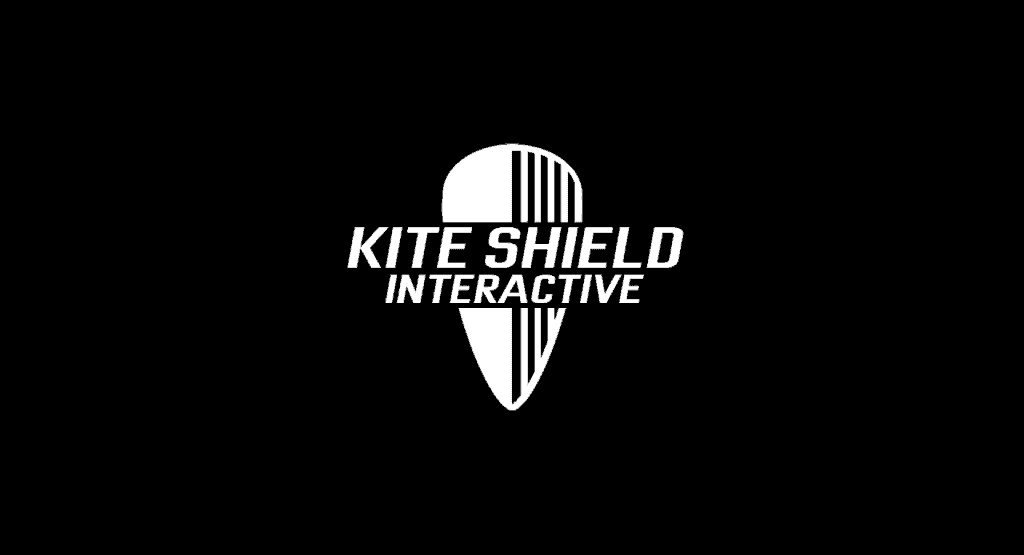
Kite Shield Interactive is a small, 7 member team of developers in the Canberra Game Plus space. They have been with Game Plus since 2020 and have been diligently working on their new game Moon Corp. Tower Defense for the past year. This will be their first commercial release.
This indie crew is composed of Blayne Cuzner, Saxon Hutchinson, Robert Dickson, Anna-Rose Barret, Justin Cragg, Daniel Poole and Xavier Poole. Some of these members were students together at AIE, forming the company together after graduation. Kite Shield Interactive also occasionally contracts work from Thomas Wooster and Meg Groeneveld. Overall, the team is a good group of friends working together to build the kind of games and worlds that anyone can enjoy.
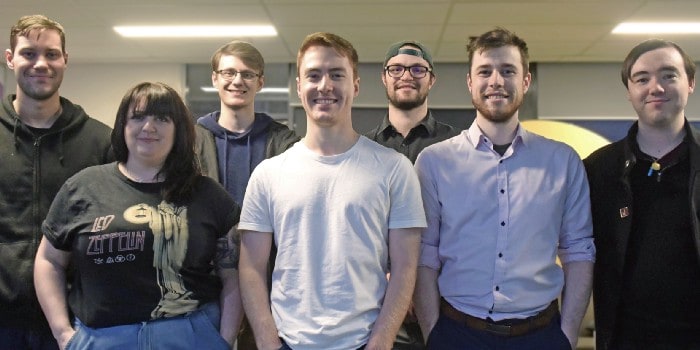
Kite Shield Interactive Team Members
So how did Kite Shield Interactive come about?
Saxon: So, Kite Shield came about when Blayne and I first started doing the AIE Graduate Diploma of Management Learning (GDML) course, in- when was that Blayne? 2019?
Blayne: Ah. I don’t know what year it is now. No, it was last year. It was last year. Yeah.
Saxon: 2020 right?
Blayne: Yeah, yeah.
Saxon: So we started working on projects together and trying to figure out what we wanted to do. We thought starting like a small indie games company is in line with what we wanted to do to either make games or make content for portfolios and stuff.
We’ve all worked together on a lot of projects before. We’ve worked on either Game Jam games, or AIE projects. Most of us are from two of the largest end of year projects. And yeah, our kind of first goal was to build, preferably a small game. But unfortunately, all the games that I think our team quite likes are quite large games, usually RPG type games.
So we came up with an idea for a tower defense game, which we thought would be fairly small and quick. But with all of the interests that the team has, we ended up expanding it a bit. And so it includes larger dialogue systems, upgrade systems, player interactions, so much more than just your average tower defense game, which is good because it makes our game stand out. But it also doubled our production time. Which we took on as a known risk, because it looks like we get a good payoff from it. That’s the Moon Corp. Tower Defense game that we’re currently working on.
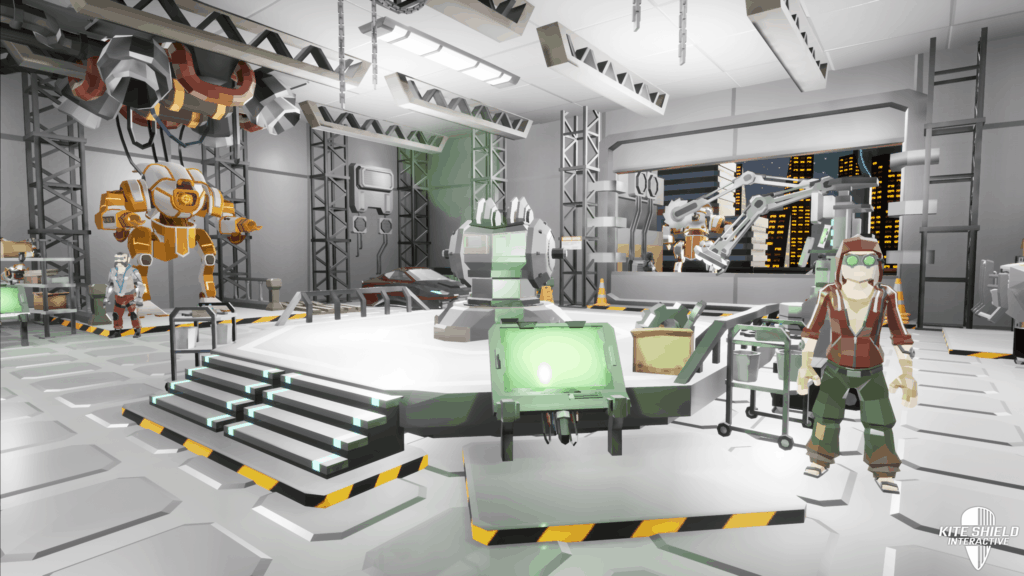
Moon Corp. Tower Defense Screenshot
We’re hoping to have released it this year for PAX. But now that that’s been put on hold, we’ve been lining up some other work for the company to do as well. So we might extend it maybe for another year, but it’s definitely within the last kind of six months to a year to being finished. We’re just going through all the processes of contacting developers and publishers and finding out what kind of deals and things make sense for us.
Why did Kite Shield Interactive join Game Plus?
Blayne: So for us, it was part of the Graduate Diploma of Management Learning. With that we got, last year, we got practically an office to ourselves and that seemed pretty good in that we could have a bunch of devs in the same place, same time, rather than something like we’re doing at the moment through Discord. Being able to turn around in a chair and be like, “Oh, hey, did you see this?” and makes the iteration a bit faster. This year, we managed to get the Incubator grant, which meant we got this year free as well.
Saxon: Yeah, we’ve been finding it particularly helps us stay in touch with people. So it’s easy to stay in touch with the AIE community being right next to everyone in Game Plus, it’s a pretty good collaborative environment. And we’re definitely looking to extend our stay there into next year as well, because we’ve found it pretty good. For the last, was it now a year and a half we’ve been in there? So yeah.
Do you feel Australia (and Canberra by extension) are doing enough to encourage the video game development industry?
Saxon: I’d say it’s definitely doing pretty well. So I’ve originally come from government work and I was particularly interested in studying game design. There was a lot of buzz about Melbourne being particularly good for game development. So I actually went to Melbourne to see what facilities they offered and the kind of opportunities that were there, and then I checked Canberra as well, because that’s where I’ve been living. And I thought for the types of opportunities that were in Canberra and what AIE was offering in Canberra was still pretty comparable to what was being offered in Melbourne.
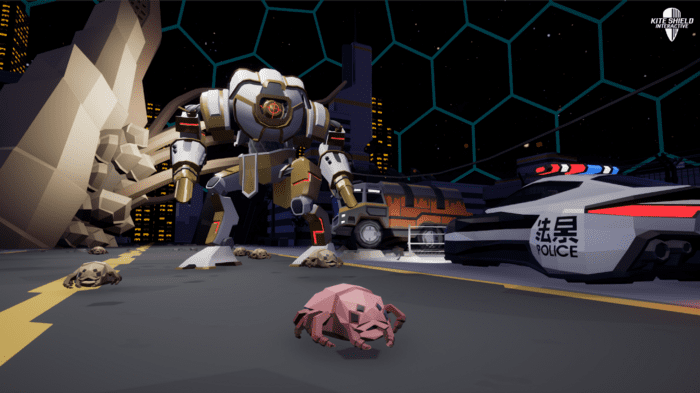
Moon Corp. Tower Defense Screenshot
And there’s definitely different opportunities that are available in Canberra that aren’t available in Melbourne specifically around having more of the public service in Canberra. Some kind of defense opportunities and stuff are available as well. So definitely different to what’s in Melbourne, but still opportunities. Blayne and I’ve also done a lot of our GDML courses online, so we got to talk to a few teams quite often at the Adelaide campus as well for GDML. And they’ve also got an interesting range of opportunities.
So I think Canberra definitely has its own range of opportunities compared to what the other states have to offer. And especially with what’s coming in future with the virtual production side of things. I know that we’re particularly interested in developing some of the new technology for that, though, having better equipment and the new campus being built in Canberra is definitely something we’re very interested in and happy to be in Canberra.
Do you definitely feel like there is the kind of infrastructure being built around you while you’re there?
Saxon: Yeah definitely. There’s a lot of new infrastructure coming up. And the infrastructure here is pretty good. Like the sound studio and stuff like that kind of equipment and stuff that’s pretty good in Canberra.
Daniel: There’s heaps of opportunities and places to record audio that’s dedicated, but rather than just having portable recording equipment and things like there’s multiple studios and rehearsal spaces that are, yeah, treated and live instrumentalists or, voice overs or any kind of sound effects. Yeah, so I found, for example, the access to the Film Plus studio that we have is really affordable for members compared to $90 an hour at a professional studio.
So just having access to something of such high quality so close and for as little money is really, really beneficial for us. Especially having a special calling card for getting students and people in, that are outside. Originally, I was outside the game development world and knowing that this kind of resource was just around the corner — literally, the next building — was really, really, really cool. Yet to be utilized, but still such a big, overwhelming fallback. Such a big thing to draw people in.
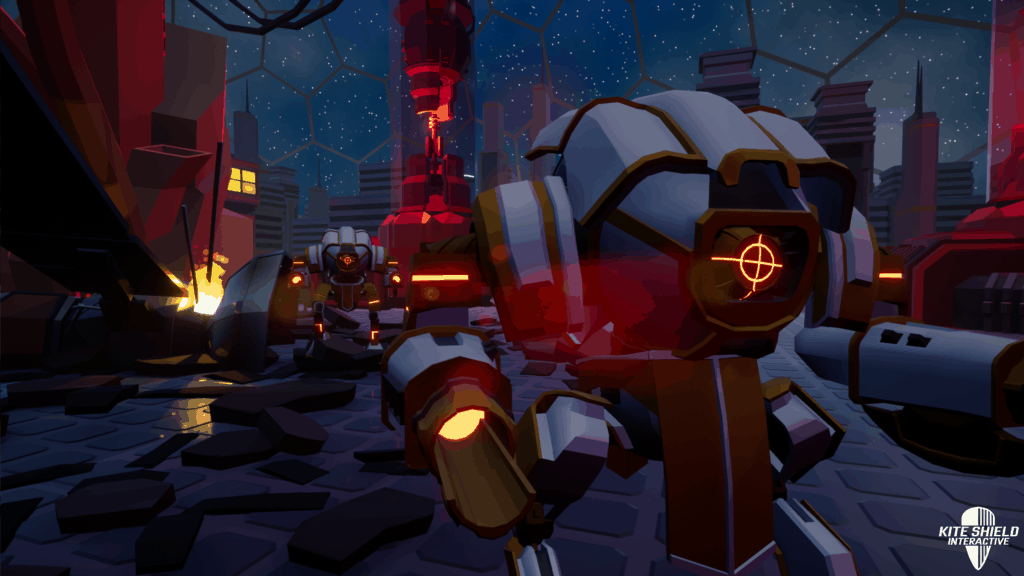
Moon Corp. Tower Defense Screenshot
So what’s the story behind the Kite Shield Interactive name?
Blayne: Oh, yeah. Rob, do you want to answer that one?
Robert: It’s… there’s no real reason behind it. We just spent a good six months uh… Well, we didn’t have a great name, we were Zyrodyne for a while. And at some point, we just had to get a better name because honestly, that was a pretty bad name. Finding names are hard, especially when a lot of things are taken. So this is just the best of a limited supply, I guess. And then we just yeah, just had to get a name to make the company.
Saxon: It fits in kind of, generally with like RPG type of games that we’d like to do in the future. It doesn’t make too much sense for the tower defense game, but we’ve previously made a small RPG before called Legion Fall and we definitely knew going in that those were the types of games that we still wanted to create. We’ve drawn a lot of those elements into the tower defense game that we’re making. And, yeah, the Kite Shield seems kind of roughly on point and it sounds kind of good for what we want to do with that. But yeah, as Rob was saying, it’s a hell of a process to come up with something that everyone likes, kind of sounds on brand.
Robert: The moment you find a name that you really like, of course, it’s just it’s gone. 50 people have taken it already.
So what was it that inspired Moon Corp. Tower Defense? What is it that brought Moon Corp. Tower Defense into being?
Blayne: I think it goes back to- what was that game you were playing? Originally, we were aiming for something super simple, like sort of more of a flash game. What was it called Saxon?
Saxon: It’s called Eternal Red and we thought from a design point of view, tower defense would be well, one of the things as you were saying is that making the scope of a project the right size is really important. So Blayne and I are terrible with scoping games. We love to over scope, and then you know, we have to cut a lot of it back.
So we thought well, what’s something that we’d be happy to create that we probably won’t go overboard with and we both kind of like tower defense, but we thought we’d do a better job of making a good tower defense game because we didn’t want to put huge amounts of ambitious things into it personally. So we’re looking at kind of simple tower defense flash games you’ve got enemies moving from one point to another point with weapons shooting them in between. So in terms of that design, All you need to do is stop them going from point A to point B.
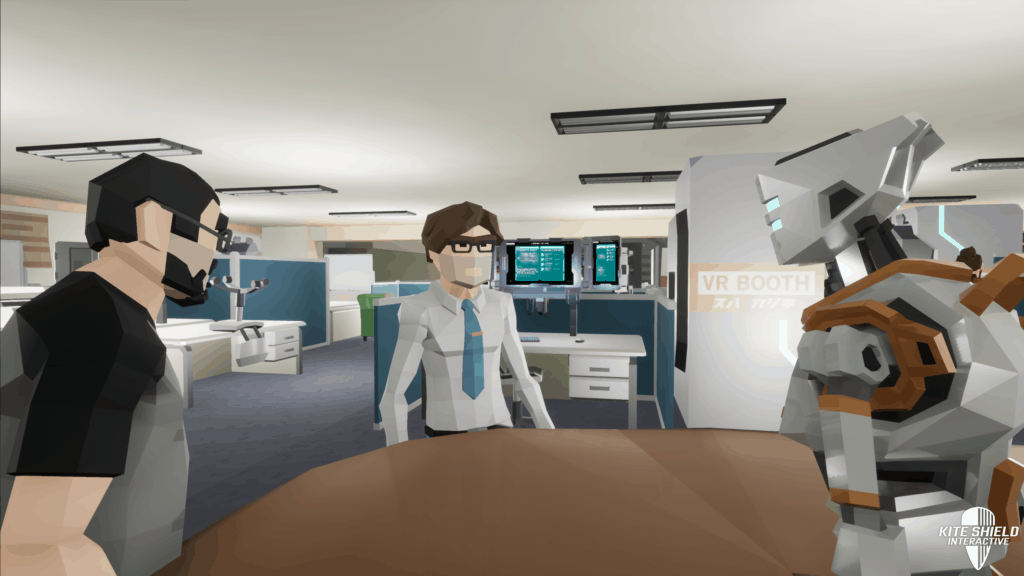
Moon Corp. Tower Defense Screenshot
It’s a very simple design. So we started prototyping that. And then when we had it all in the engine, we had quite a few meetings about where we could take it, because we knew we wanted to do some new and creative things with it, but something that wouldn’t scope it out too much. And what we landed on was a business development system, which is a much larger system. But it is fairly unique.
There’s no real other tower defense games with a business management system in there as well. So you’re running your own company and employees to run the tower defense game. And the feedback that we got from that was, if you put the time into it, this will be a really good game. Or if you do just do a quick project, it’ll be pretty average, it’ll probably be passed up, and then you can move on to something else. So considering we already had the prototype, and we had pretty good plans and ideas for it, we thought we’d go for, I guess the full game experience, even though it is a bit larger, but all the feedback that we got from people who really enjoyed tower defense and through like several Rush Hours at Game Plus, we got pretty good feedback for the idea that it was definitely interesting and enjoyable. So yeah, so that’s what we’ve been working towards.
In regards to feedback along the process, just how important was your public test release in terms of the final release version of Moon Corp. Tower Defense?
Saxon: Probably hugely important. We are definitely just figuring out what the responses to what we’re making really changes the direction that we are moving. It definitely refined the areas that we wanted to work on, and the systems that we thought we should be working on to make the core experience really solid. And we try to get to any of those opportunities whenever we can. So in Canberra, we’ve got a local, you know, when it’s not locked down, Pizza and Pixels event where anyone can come play your game, and you can get feedback. And we’ve got the other Game Plus Rush Hours, and each of those usually will run every month.
So we try to go to all of those and then figure out what people are interested in. And what the glaring mistakes are, that people first notice. And even just player habits, we’ve had a whole lot of really good feedback with what people expect from tower defense. And we’ve got rid of a whole lot of quirks in our game that we didn’t realize were there until you have five people who’ve never seen the game — they all do the same thing. They expect things to happen in a certain way. So seeing that we thought that was very interesting.
And I’ve just changed some of how the game works to meet those expectations. So that when people play it, it’s quite intuitive. So that was specifically with placing turrets. So as soon as somebody had a choice to place a turret, they immediately want to place it at a high vantage point in an area and we already had an icon there to say place a turret here, but they manually wanted to have the option where they could place it anywhere and then place it at the top themselves, which we thought was very interesting.
So initially, you plan to present Moon Corp at PAX Aus. Do you have a new plan or roadmap in mind for helping launch the game now?
Saxon: I guess at this stage, we’re still working through that. We’re seeing what other opportunities are around.
Blayne: We’re sending feelers out sort of thing for different opportunities that are popping up. I go onto Twitter too much. So every now and then I’ll see a game dev or a news person being like, “Hey, indie game devs. Want to do a thing?” So I like to keep my eyes out for the stuff like that, we potentially might have something from PC Power Play later on in the year, that might give us an interview, if we’re lucky.
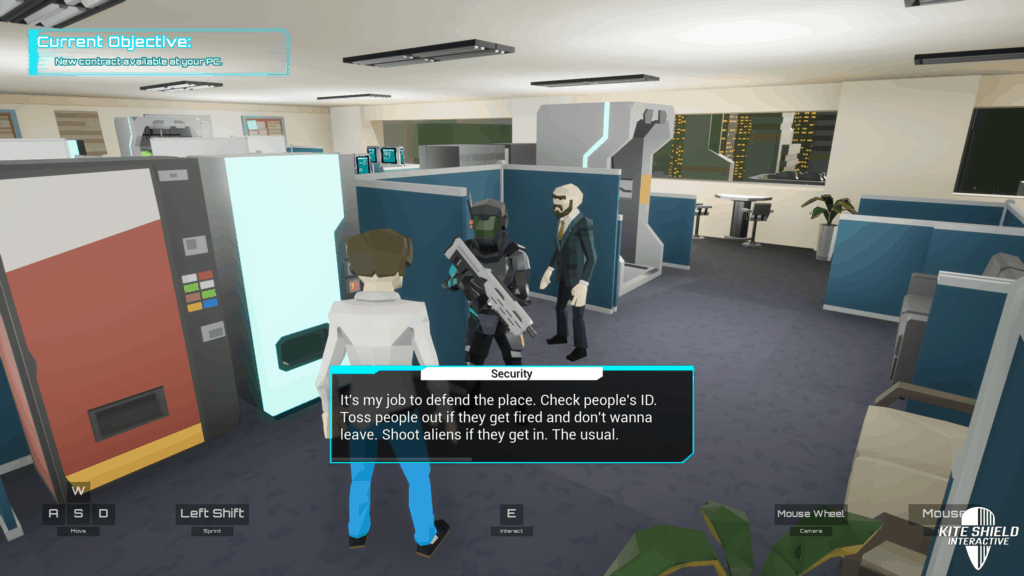
Moon Corp. Tower Defense Screenshot
Saxon: PAX Online is also said to be going ahead as well. So we’re still waiting for more information on that. We’ll see how that progresses. So yeah, we’re still pretty optimistic about the launch. It’s just about the timing of it now, it will just be slightly different.
So what’s next for Kite Shield Interactive?
Saxon: Finishing the game and planning for the next one. I think in general…
Robert: We’ve got some prototypes for our next project. But yeah, it’s probably going to be working on the next game. Until we either make it big or just don’t and run out of money. Have to get a different job.
Saxon: That’s easy, because we’re already out of money.
Robert: That’s right. That’s right. Keep on keepin on.
Saxon: Can’t lose what you already don’t have. But yeah, it’s mainly the next project, I think we’re getting the plans together. For the next one, we know we want to do an RPG. So we’ve got prototypes. Getting ready for that. The lineup of this is also interesting for us because we are primarily develop in Unreal Engine, so Moon Corp. Tower Defense was all developed in Unreal Engine 4. And with Unreal Engine 5 being developed, they’re talking about the engine being production ready sometime next year.
So we’re looking at doing a whole lot of pre-work in Unreal Engine 5, probably this year to see what its capabilities are like. And then if it’s production ready next year, we may be able to go into full development for that and have one of the first Unreal Engine 5 games. And there’s some features in that which we really want to utilise — like it’s big open world system and it’s nanite geometry system. It’s particularly good for large open worlds. So we’re looking to take advantage of that for our next game. And yeah, we’re just going through the design phase for some of those concepts in that engine.
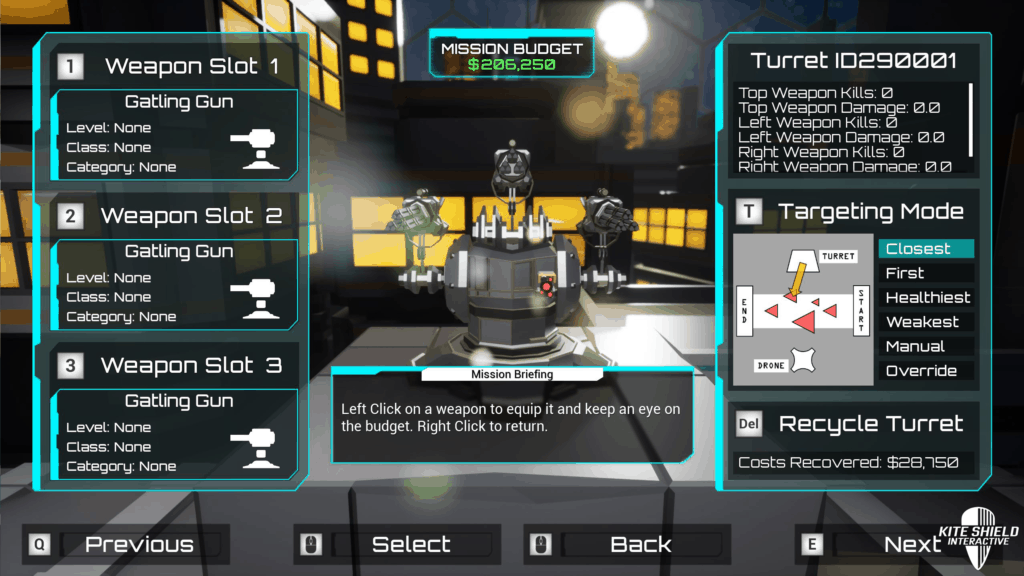
Moon Corp. Tower Defense Screenshot
The race will certainly be on for the first Australian company to release a Unreal Engine 5 game.
Saxon: Yes, yeah. It’ll be interesting to see where else the new game products will be coming from. I know we’ve got things like the Mortal Shell, the new The Forgotten City, which was originally a Skyrim mod.
Blayne: That happened, right? I think that got released.
Saxon: Yeah, that just got released recently. So yeah, definitely. I think both of those are Unreal 4 games. So yeah, studios like that will definitely be looking to produce Unreal Engine 5 games.
You can wishlist Moon Corp. Tower Defense on Steam.
Want to become a Game Plus member, like Kite Shield Interactive?
Join the Game Plus national network.
